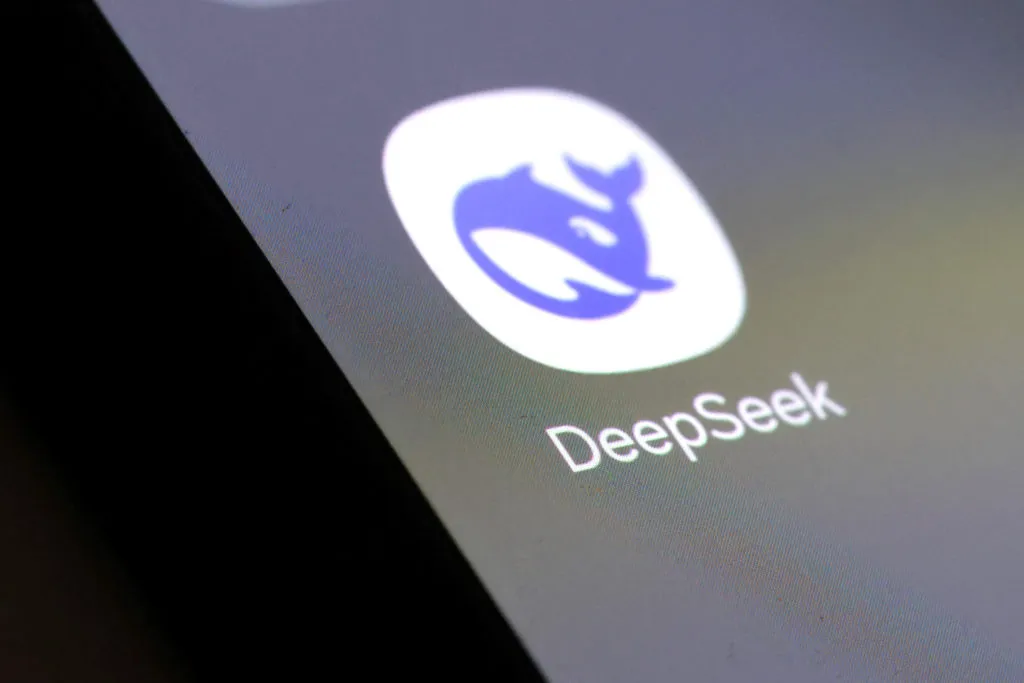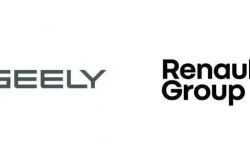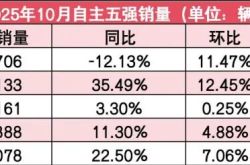What You Need to Know About DeepSeek's AI Agent Initiative
![]() 09/05 2025
09/05 2025
![]() 405
405
This article is written based on publicly available information and is intended solely for informational exchange, not as any form of investment advice. 
DeepSeek plans to release an AI Agent system in the fourth quarter of 2025 that can handle multi-step tasks and self-improve. Meanwhile, the company has released a data sourcing and safety statement, warning that the issue of 'hallucinations' remains unresolved and stating that AI accuracy still has limitations.
Two Key Points
First, DeepSeek is advancing the 'agentization' upgrade of its R1 reasoning model, which amazed the market in January. The new goal is for the system to independently complete multi-step tasks with minimal human guidance and adjust based on previous behaviors. This is the core selling point of agent systems.
Second, DeepSeek has disclosed its training data filtering methods, removing hate speech, pornographic content, violence, spam, and potentially infringing materials, while Outspoken (openly stating) that the issue of 'hallucinations' currently has no solution.
Competitive Landscape
AI Agents represent the next battleground for large models.
OpenAI launched ChatGPT agents in July, capable of browsing the web, logging into systems, and completing tasks across tools. Microsoft introduced multi-agent collaboration for Copilot in May and expanded its agent SDK. Anthropic released agent guidelines and launched a 'computer usage' feature for enterprises.
While not perfect, these offerings are becoming increasingly practical.
Domestic players are also accelerating their efforts. Alibaba's Qwen team is aggressively researching agent frameworks and interface automation. Tencent and others are embedding agent functionalities into daily user services.
Manus, founded by Chinese entrepreneurs and now headquartered in Singapore, has gained global attention and policy scrutiny by promoting 'general AI agents' to handle complex workflows.
Clearly, AI Agents are no longer experimental projects but have become a core track for large models.
In contrast, DeepSeek has been cautious since the release of R1. Domestic media attribute the delayed R2 timeline to founder Liang Wenfeng's pursuit of perfection, while others cite ordinary engineering delays. Betting on a single, more powerful agent system rather than frequently releasing transitional versions is a high-risk strategy.
Future Outlook
What if DeepSeek succeeds?
First, workflows.
A reliable agent system can plan, click, write, and revise, integrating five applications into a single automated process. Researching travel information, reviewing expense reports, finding suppliers, and handling basic IT tickets—these cognitive tasks can become 'formulaic' operations. Latency, tool usage accuracy, and permission management will determine how far practical applications can go.
Second, pricing.
DeepSeek's rise challenges the notion that 'only billions can win' in training budgets. If it can deliver highly autonomous agents at low cost, it will force enterprises to redefine value: not just model quality but also task completion efficiency per dollar and per minute. This will disrupt cloud service profits, software bundling models, and vendor 'AI empowerment' narratives.
Finally, geopolitics.
Export controls limit China's access to top-tier GPUs, forcing companies to pursue efficiency over brute-force scaling. If DeepSeek's agents perform well, Washington and Brussels will see it as evidence that controls can slow but not stop technological diffusion. Expect more calls for limits on certification, transactions, and behavioral audits of agent systems.
Why It Matters
AI Agents are shifting the competitive focus from model scores to task completion, reliability, and cost, reshaping how enterprises assess 'AI value.'
DeepSeek's dual strategy—AI Agent ambition paired with candid safety disclosures—tests whether steady engineering and regulatory pragmatism can outperform fast-paced rivals in a standardized race.
Success will be remarkable; failure may leave it behind in the market.





